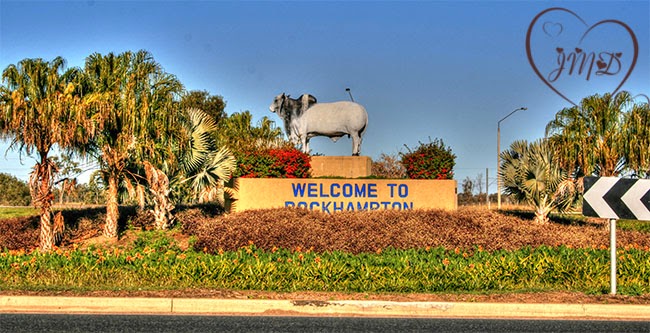The city lies on the Fitzroy River, approximately 45 kilometres (28 mi) from the river mouth, and some 600 kilometres (370 mi) north of the state capital, Brisbane
The Capricorn district is the traditional home of the Darumbal Aboriginal people.
The European history of the area began in 1853, when the area that would become Rockhampton was visited by the Archer brothers Charles and William, who were seeking grazing lands. They were acting on information from earlier expeditions by Ludwig Leichhardt and Thomas Mitchell, who had explored the area in 1844 and 1846 and noted suitable land for grazing then.
A significant gold deposit at Mount Morgan to the southwest was discovered in the 1880s, and Rockhampton became the main port through which the wealth of Mount Morgan gold was channelled. Due to the wealth of Mount Morgan, Rockhampton weathered the severe economic depression of the 1890s and many of the town's substantial brick and stone public buildings date from this period. The historic streetscape of Quay Street still displays a number of substantial historic buildings, built when Rockhampton was envisaged as being capital of a state of North Queensland. Most prominent of these is the sandstone Customs House (1900), which today houses an information centre. Other important nineteenth century buildings include the Post Office (1892), the Supreme Court House (1888), and St Joseph's Cathedral (1892)
We stayed there for about a week in 2008 and it's a very long way from Tasmania, Australia.
These photos were done in HDR - something different.
The Roundabout
The clock on the Post Office
Rockhampton Post Office
Fitzroy River
If taking a stroll along the banks of the Fitzroy River we can see this sign.





No comments:
Post a Comment